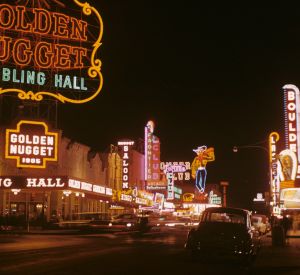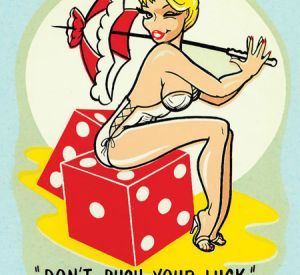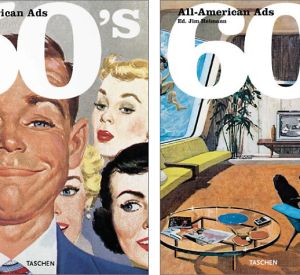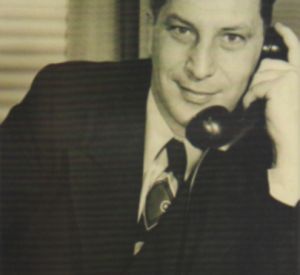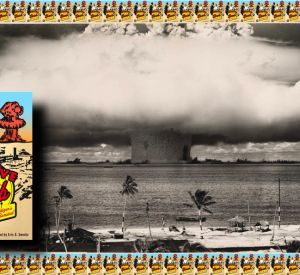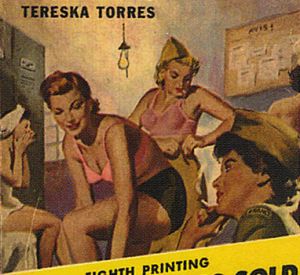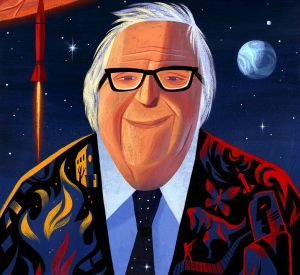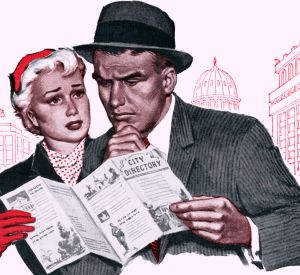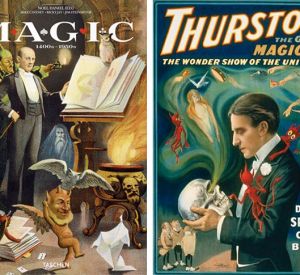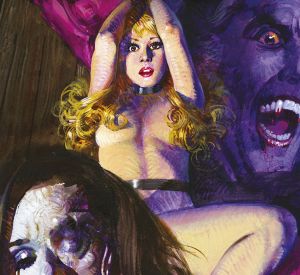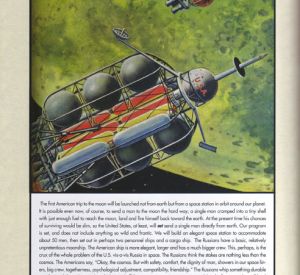Cult Vegas – The Weirdest! The Wildest! The Swingin’est Town On Earth
The Golden Age of Las Vegas has been over for quite some time. If you don’t count auxiliary members like Shirley MacLaine, Buddy Greco, or Angie Dickinson, the last member of The Rat Pack, Joey Bishop, passed away in 2007. He outlived Frank by 9, Dino by 12, Sammy by 17, and Peter by 23 years.
Even the buildings, which are supposed to outlive those who built and inhabited them, are gone. The Sands Hotel and Casino — Rat Pack HQ — was demolished in 1996 and The Venetian now stands in its place. The Dunes is gone. The Stardust is gone. The El Rancho. The Thunderbird. The New Frontier. The Desert Inn. All gone.
Despite modern Las Vegas shilling pirate shows and amusement park rides, its reputation still rests on the old days of swank lounge singers, raunchy comedians, “shady ladies,” and lots of drinking and gambling.
In his book Cult Vegas, writer Mike Weatherford brings us all that and more. Calling upon his skills as a journalist for the Las Vegas Review-Journal, he delves deep and uncovers “The Weirdest! The Wildest! The Swingin’est!” slabs of Las Vegas history that’s sure to please any swank cat.
The book begins, as it should, with Frank Sinatra. Vegas owes much of its reputation to the Rat Pack and Sinatra was, as they say, its “Chairman of The Board.” From washed-up crooner in the 50s to toast-of-the-town in the early 60s, Cult Vegas has Sinatra covered. But rather than re-hash Frank’s career or artistry, Weatherford focuses on how Frank changed Vegas. . . and how Vegas changed Frank. New romances, bitter divorces, silly publicity stunts, and a love-hate relationship with, well, practically everybody: It’s all there.
Wisely, Weatherford recognizes that Sinatra and his pals were only the cherry on top of the Vegas sundae. So, he spends only 36 of his 250 pages on Ol’ Blue Eyes and promptly moves on.
With the chapter “The All Night Party,” the author emphasizes that that those who truly made Las Vegas were those who could, as Keely Smith put it, “tumult.” Those raucous but largely unknown entertainers, who worked the lounges until 5 am, were the real Vegas workhorses. It was these people — like The Mary Kay Trio; The Treniers; Frank Ross; and, of course, Louis Prima, and Keely Smith herself — who really established what people fondly remember about their Vegas vacations. And Weatherford makes sure that these players get their due.
Lounge comedians brought the “tumult” too. But comedy was a different beast then. Fat jokes, dirty jokes, take-my-wife-please jokes, and “funny drunk” acts were all acceptable — and funny — long before “political correctness” was even a phrase.
The performers covered in “Comedy On The Rocks” pre-date the “too-cool-for-school” observational comedians and Weatherford has included all the important ones — Joe E. Lewis, Shecky Greene, Don Rickles, Buddy Hackett, Redd Foxx, and Totie Fields — amongst others.
Weatherford’s writing is quite evocative here — so much so that you get the sneaking suspicion that many of today’s famous comedians would never had made it if they’d had to play Don Rickles’ or Shecky Greene’s Vegas.
Rock n roll also found its way into Vegas. But it barely touched The Strip in the Rat Pack glory days. Frank Sinatra was known for disliking rock. And hotel entertainment directors saw rock as “children’s music.” And since children didn’t drink or gamble, rock acts weren’t booked into the casino lounges.
Elvis tried Vegas in the mid-50s without much notice. It wasn’t until after he retired from films, and after the Rat Pack’s luster had tarnished a bit, that he had any success there. So Weatherford’s title for his chapter on Elvis, “The Comeback Kid,” is more than apropos. Like the coverage of Sinatra, “The Comeback Kid” is more about the impressions Elvis left on Vegas than on his career. And vice-versa. And the book is better for it.
Cult Vegas concludes with “The Las Vegas Drive-In,” a survey of Las Vegas’s appearances in film and television. From classics like the original Ocean’s 11 to psychotronic schlock like The Amazing Colossal Man, all the notable and not-so-notable Vegas movies that should be in a Lounge Revivalist’s DVD collection are covered. . . even if some of it is of the so-bad-it’s-good variety.
The nightcap, of course, is “Viva Les Girls.” Comedian Redd Foxx is quoted as saying “. . .Vegas is based on gambling, drinking, and women.” Weatherford goes further to say that sex appeal is Vegas’s ace-in-the-hole against Indian reservation casinos and Missouri riverboat gambling. And he proves it here beginning with work-a-night showgirls and then focusing on more famous names like Ann-Margret, Tura Satana, Lili St. Cyr, and Jayne Mansfield.
But Cult Vegas is so much more than this simple breakdown. Weatherford stuffs the book full of every little tidbit he can dig up. If it’s not chapter-worthy, it at least merits a side-bar: Esquivel!, Foster Brooks, Bela Lugosi, Johnny Carson, Combustible Edison, even Liberace’s show with horror hostess Vampira, all find their way into this book’s pages.
As an arrow of swankness, Cult Vegas hits right at the heart of every Lounge Revivalist. It wouldn’t be exaggerating to say that this book is one of this writer’s favorites. The only lamentable thing about it is that it doesn’t come in hardcover. Even so, find a copy, pally! You won’t regret it.
Huntington Press, 2001
$19.95 US; Paperback
250 pages; 9″ x 7″
ISBN 0-929712-71-4



